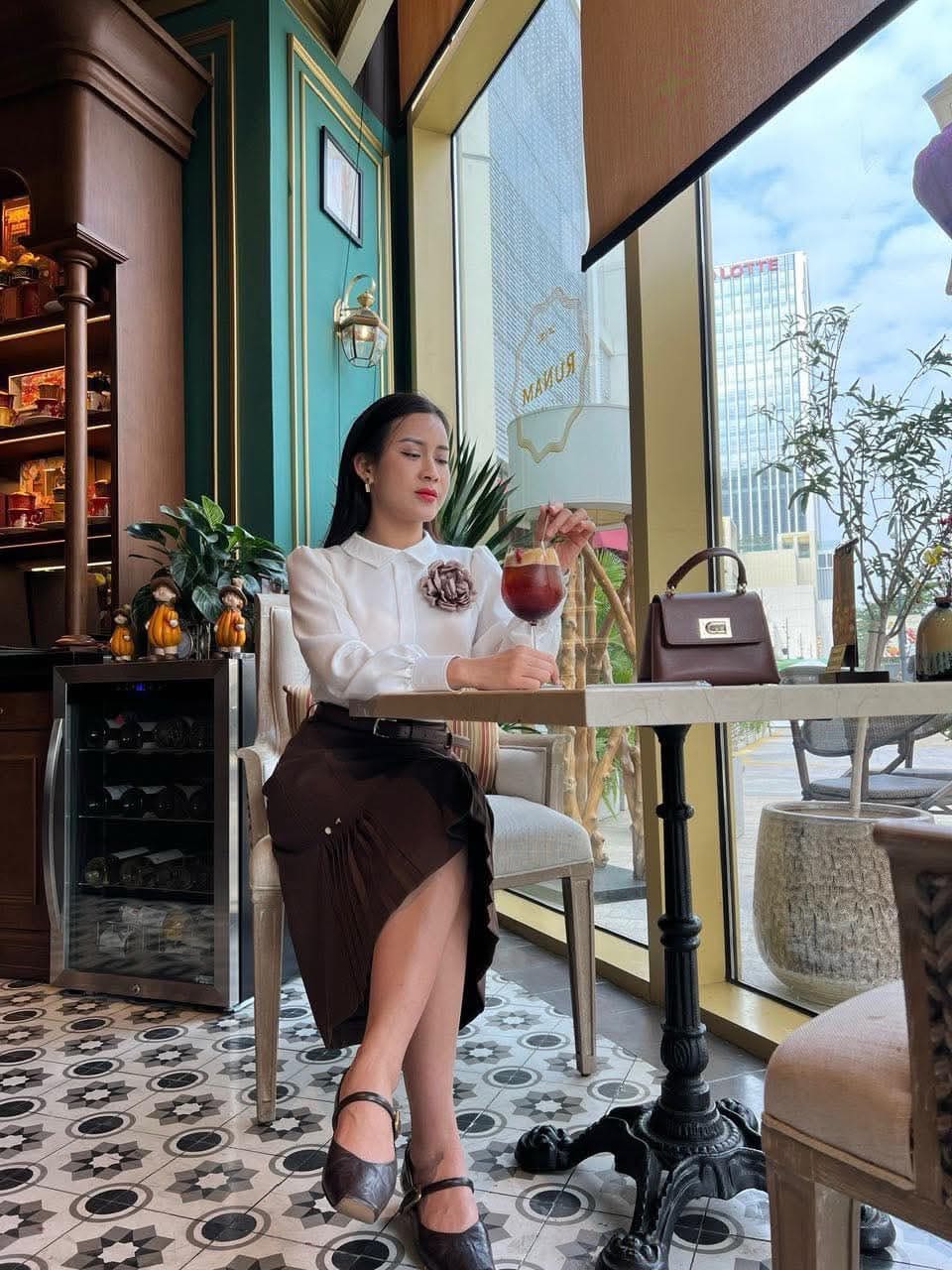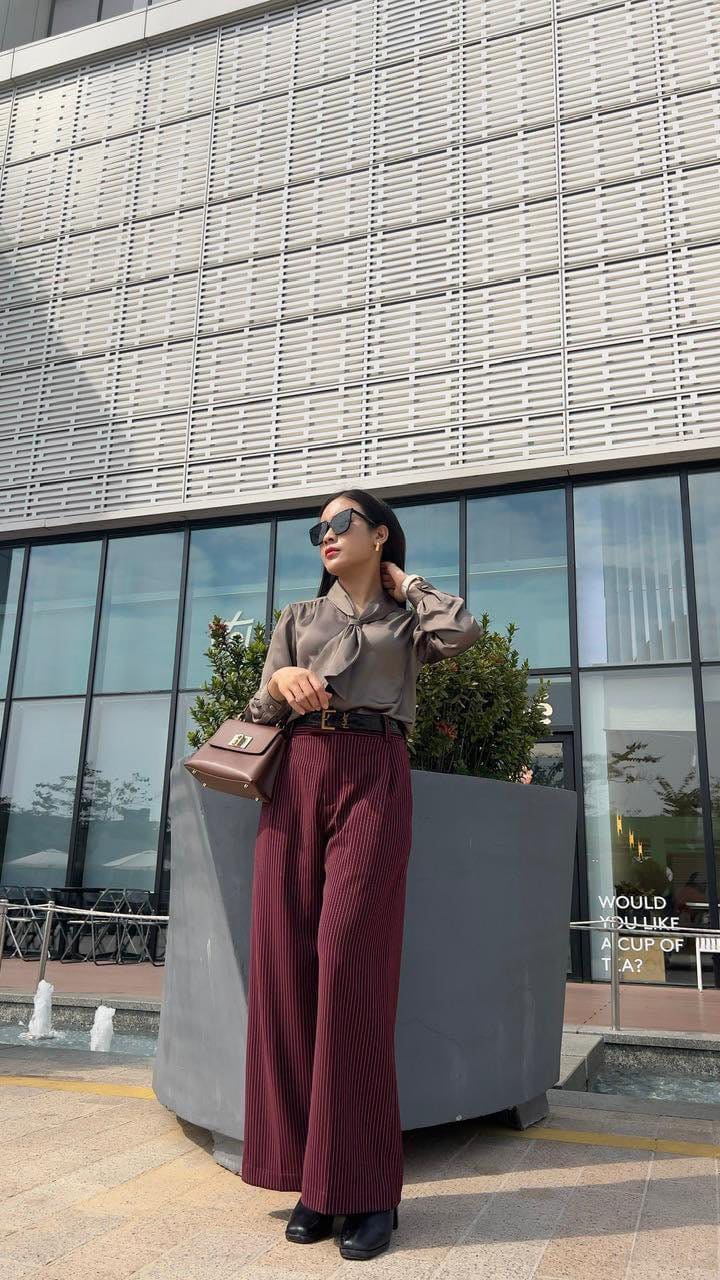
Traditional features of fashion
In today’s urban lifestyle, more and more individuals are drawn to classic and traditional designs. Sabyasachi Mukherjee, one of India’s most respected designers, believes that the key to long-term success is to bring tradition back into fashion. So does going back to tradition mean wearing the signature clothing styles of previous decades/centuries? For example, do you make yourself more beautiful by wearing a 20s dress this decade or transform yourself into a Halloween character. What is it about traditional aesthetics that makes it so appealing to so many people?
It seems that classic and traditional costumes are timeless not only because of their outward appearance but also because of the deep meanings hidden within. Therefore, their beauty continues to convey, arouse curiosity to explore deeper and become an endless source of inspiration in people’s lives.
Professor Chang Ko-chin, National Taiwan Normal University and Suzhou University, said: “In fact, there is a common misconception about the term ‘tradition’, which is often thought to refer to ancient things of the past. However, tradition is part of a dynamic continuum. It is a timeless heritage that is still relevant in the present and extends into the future. Anything that only existed in the past but no longer exists today cannot be considered tradition, whether it is an artifact, a way of thinking, or a skill. Tradition represents continuous vitality and organic continuity; it is like the flowing river of history. Over time, it naturally refines and preserves the essence of what is cherished and eternal.”
The sun rises and sets every day. The seasons come and go every year. The universe has yin and yang, heaven and earth, male and female. There is a natural rhythm to everything in the universe, and Eastern philosophy holds that we should live in harmony with this rhythm to achieve optimal happiness. The Tao Te Ching says, "Man follows the earth. The earth follows the universe. The universe follows the Tao. The Tao follows nature." In traditional Eastern culture, men are yang, symbolizing heaven and the sun, and women are yin, symbolizing earth; men take nobility, dignity, and generosity as nobility, and women take softness and beauty as beauty. When yin and yang complement and compensate for each other, society will be harmonious. All operations in society follow this foundation. Clothing carries a certain spiritual connotation, creates a cultural atmosphere, and has a certain effect on people's body and mind. Therefore, through different historical periods, no matter what form it is expressed in, clothing always follows the yin and yang of heaven and earth, synthesizing nature, society, and daily life, and pursuing this harmony and balance. That is why, since ancient times, in Asian countries, women's clothing has always been discreet and soft; expressing courtesy, loyalty, and gentleness, but also revealing the inherent brilliance and vitality of women.
The journey of pursuing to reconnect the yin and yang of humans is limitless. And when we constantly strive to achieve harmony with Heaven and Earth through the clothes we wear, in a very natural way, these clothes make the wearer stand out and special. Therefore, finding traditional features does not mean having to wear ancient clothes. The key is the change in ideological concepts in modern dressing to achieve this harmony and balance of yin and yang.
Writer Mark Twain once wrote: "There is no power that is not related to clothing. It is the power that governs humanity." You are still the same person, but people will see you through different clothes. With the constant changes in today’s society, cultivating a foundation rooted in tradition can be a difficult task. However, when choosing clothes that suit your own identity: discreet, modern designs, exuding elegance and nobility, evoking the depth of the soul, it is you, not anyone else, who has empowered your journey of discovering your own traditions and opened the door to your untapped potential.



